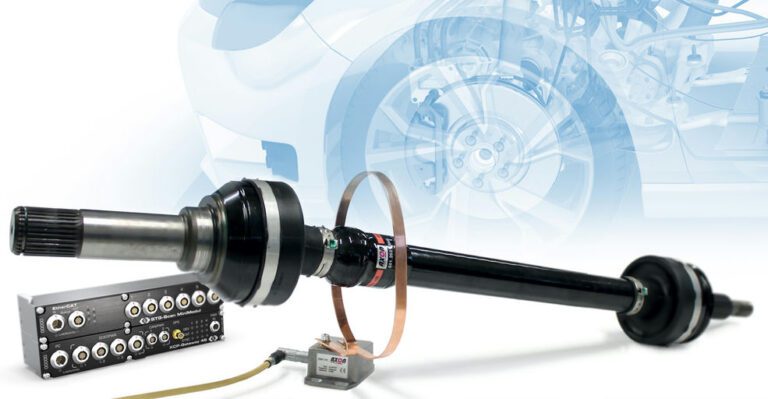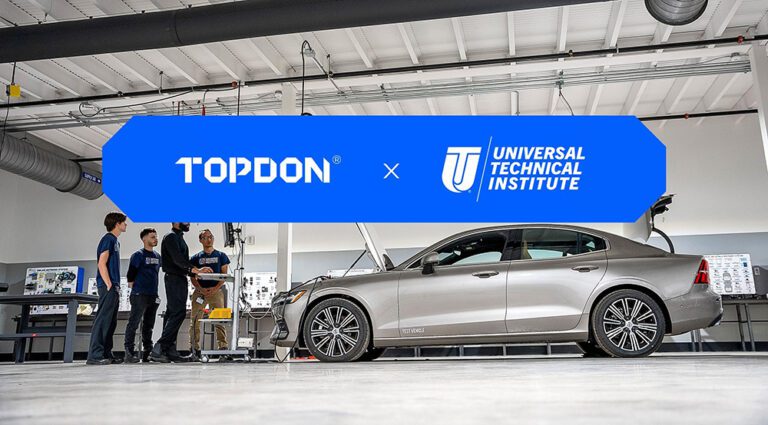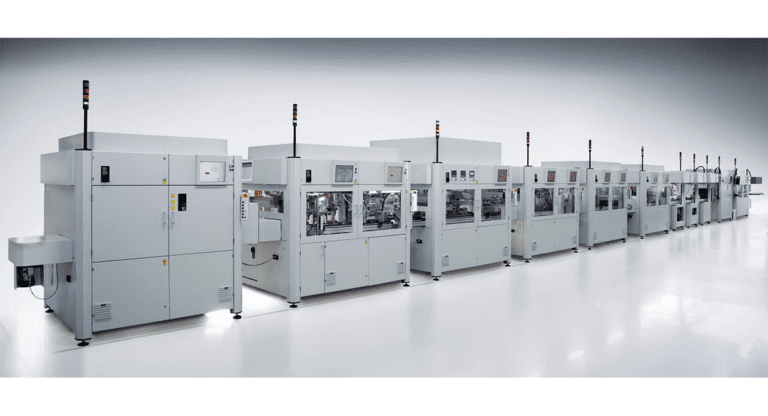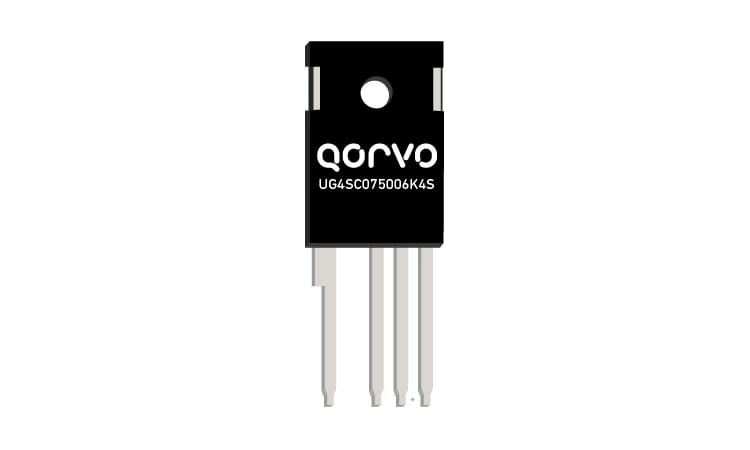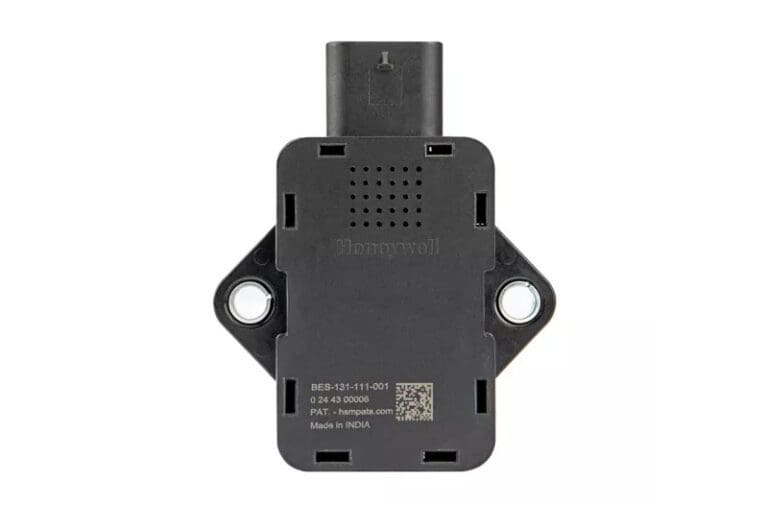Repurposing EV batteries for stationary energy storage applications seems like an ideal situation: keep batteries out of landfills and reduce reliance on recycling and new raw materials. It is well documented that EV batteries at the end of their vehicle life still maintain sufficient capacity and state of health for use in lower power applications,… Read more »
Search Results Found For: "motiv power"
Webinar: Torque and temperature measurements on rotating components of EVs
While the differences between EVs and ICE vehicles are well-known and changing, some things remain similar: rotating components. Join this webinar at our March Virtual Conference on EV Engineering to learn how innovative telemetry technology from Axon Systems combined with CSM’s industry-leading measurement modules for a complete EV measurement solution. Reserve your spot—it’s free! Other… Read more »
TOPDON US selects Universal Technical Institute as EV workforce training partner
TOPDON US, an EVSE and specialty equipment supplier that provides technology and tools for automotive repair professionals, is partnering with Universal Technical Institute (UTI) to train students in electric vehicle maintenance and repair. The five-year partnership is TOPDON’s first agreement with a post-secondary educational institution focused on transportation programs. UTI’s training program, which is currently… Read more »
Battery production systems made in Europe
Sponsored by Schuler. After acquiring the Italian Sovema Group, Schuler is gradually establishing itself as a system supplier in the field of battery production. The first successful large-scale projects show that the strategy is working. Schuler passed an important milestone as a supplier for gigafactories with the construction of a formation line for a large… Read more »
Onsemi acquires Qorvo’s silicon carbide JFET technology portfolio
US power and sensing technology specialist onsemi has completed its acquisition of the silicon carbide junction field-effect transistor (SiC JFET) technology business from US-based Qorvo for $115 million. The addition of SiC JFET technology will complement onsemi’s EliteSiC power portfolio. In EVs, SiC JFETs help improve efficiency and safety by replacing multiple components with a… Read more »
Honeywell releases new Battery Safety Electrolyte Sensor to detect thermal runaway in EVs
Honeywell has released a new generation of battery safety sensors. The Battery Safety Electrolyte Sensor (BES) series is designed specifically for enhanced safety in lithium-ion battery on-road applications, and exceeds industry standards for performance and reliability, according to the company. The new BES uses Honeywell’s proprietary Li-ion Tamer [clever!] electrolyte gas detection technology to identify… Read more »
LG Energy Solution collaborates with Qualcomm on SoC battery management system
South Korea-based LG Energy Solution has introduced its new system-on-chip (SoC)-based battery management system (BMS) diagnostic software, which is available on the Snapdragon Digital Chassis from Qualcomm Technologies. The two companies have signed a joint promotion agreement to accelerate the commercialization of SoC-based BMS diagnostic solutions. LG’s software aims to enhance safety, degradation diagnostic functions… Read more »
Honda and Renesas to develop system-on-chip series for software-defined vehicles
Japanese automaker Honda Motor and semiconductor firm Renesas Electronics have signed an agreement to develop a system-on-chip (SoC) series for software-defined vehicles (SDVs), including Honda’s new 0 Series EVs. The new SoC is designed for performance of 2,000 TOPS and power efficiency of 20 TOPS/W. It is planned for use in future models of the… Read more »
Dannar brings a multipurpose electric platform to the off-highway market
One EV, a thousand applications Q&A with CEO Gary Dannar Different buyers need (or want) different vehicles—that’s why most consumer automakers offer a range of a dozen or so models, from practical family cars to sleek sports cars to hulking pickup trucks. But in the commercial vehicle sphere, this wouldn’t be good enough—different markets demand… Read more »
Scout Motors is confident it will win the right to sell EVs directly to customers
In the early 2010s, Tesla poked a couple of bricks out of the dealership wall that separates automakers from consumers in the US market. Could that wall come crashing down someday soon? The dealership model, with its leisure-suited salespeople performing their high-ball, low-ball, “let me see what we can do” dance, has been an anachronism… Read more »








